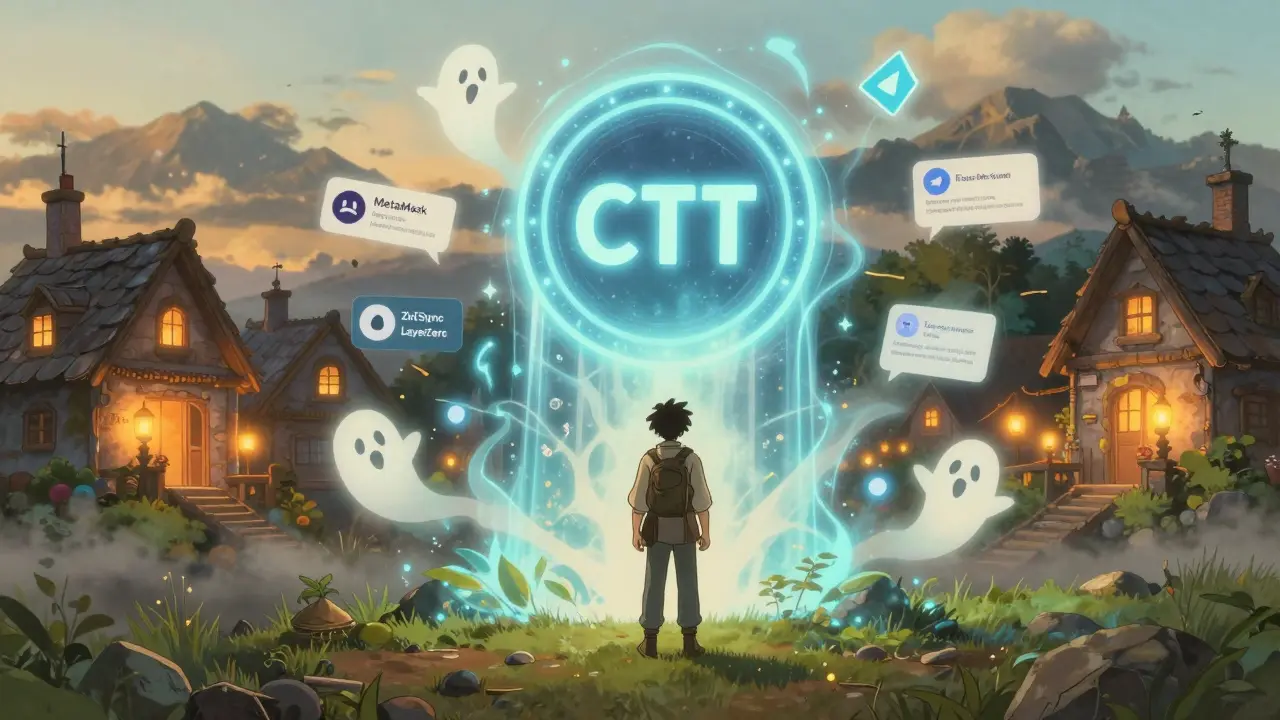Layer 2 Token Overview
When working with Layer 2 token, a crypto asset built on a second‑layer scaling solution that inherits security from a base chain. Also known as L2 token, it enables faster, cheaper transactions without compromising decentralization. Rollup, a technique that bundles many transactions into a single proof submitted to the main chain is the most common structure behind these tokens. Rollups can be optimistic—assuming transactions are valid unless challenged—or zero‑knowledge, where a cryptographic proof verifies correctness instantly. Both types rely on Ethereum, the base layer network that provides security and finality for most L2 solutions. In practice, a Layer 2 token encompasses the rollup protocol, the underlying smart contracts, and the bridge that moves assets between layers. The bridge requires trust‑minimized designs to avoid the classic "locked‑up funds" problem, and many projects now use multi‑sig or fraud‑proof mechanisms to secure the flow. Because the rollup inherits Ethereum’s consensus, its security depends on the health of the main chain, while its speed benefits from the off‑chain transaction aggregation. This creates a clear semantic chain: Layer 2 token → Rollup → Ethereum, which explains why any change on Ethereum (like a gas‑price shift) directly impacts L2 token economics.
Key Attributes and Real‑World Applications
Layer 2 tokens typically sport three core attributes: low transaction fees, near‑instant finality, and compatibility with existing DeFi protocols. Low fees come from the rollup’s ability to amortize gas costs across hundreds of user actions, turning a $20 Ethereum transaction into a few cents on L2. Near‑instant finality is especially true for zk‑rollups, where the proof validates every batch in a single block, cutting confirmation times to seconds. Compatibility matters because most DeFi contracts are still written for Ethereum; therefore, L2 projects often deploy a “mirrored” version of popular contracts (like Uniswap or Aave) on their rollup, allowing token holders to earn yield without paying main‑net fees. Optimistic rollups, such as Optimism and Arbitrum, attract projects that need flexible smart‑contract execution. Their tokens often serve as governance coins, letting holders vote on fee structures or upgrade paths. In contrast, zk‑rollup tokens like StarkNet’s $STRK focus on privacy and scalability, offering cryptographic proofs that hide transaction details while still proving correctness. Both models influence token velocity: optimistic tokens may see higher trading volume because users can move assets quickly, while zk‑tokens may attract institutional players who value privacy guarantees. Bridges play a supporting role, converting assets from Ethereum to L2 and back; a well‑designed bridge reduces the risk of “bridge hacks” that have plagued earlier projects. When evaluating a Layer 2 token, look at the rollup type, bridge security, and whether the token has utility beyond speculation—such as governance rights, fee discounts, or access to exclusive L2‑only services.
Below you’ll find a curated collection of articles that dive deeper into specific Layer 2 tokens, rollup mechanics, and the broader scaling landscape. Whether you’re hunting for the next high‑growth L2 token, comparing optimistic versus zk solutions, or just want to understand how bridges keep your assets safe, the posts ahead break down complex concepts into bite‑size insights you can act on right now.






